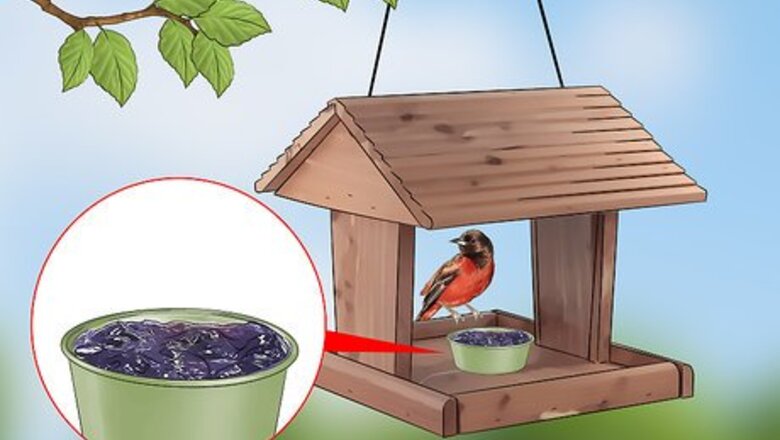
views
X
Research source
There are around 30 different species of oriole all calling different parts of the Americas home. Be sure to start preparing early to be attract orioles when they come back to your area, as plants and trees can take some time to mature and entice the songbirds.
Enticing Orioles with Food
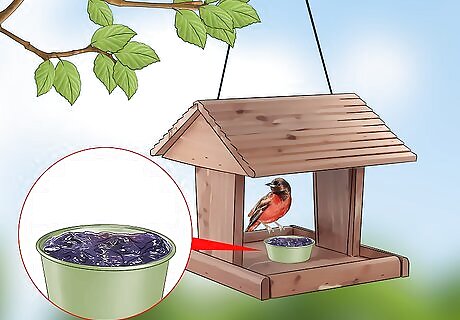
Use a specialty bird feeder to offer jelly and jam to hungry orioles. orioles get really hungry when migrating, and a sugar-rich jelly or jam is a wonderful and enticing treat for a tired songbird. Don’t use an expensive jelly or jam to fill a feeder, as the birds can’t tell the difference. Grape jelly and blackberry jelly are considered to be the best jellies to use to attract orioles, as well as other birds looking for a tasty treat. Consider buying a guard for the feeder to prevent bees and ants from stealing the sugary treat.

Cut full oranges in half and leave them outside with the flesh exposed. The citrus will be a delicious snack that keeps the orioles coming back for more. The smell of the exposed oranges may attract other animals to your yard, so to prevent this you can hang the oranges up or place them high above the ground to dissuade other orange lovers. Oranges are the best way to attract the orange bird in the spring and fall, so be sure to leave some out at the beginning of spring and in August.
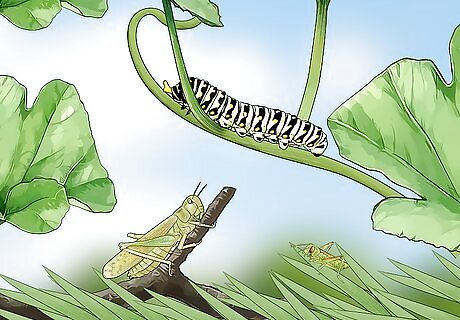
Let insects and bugs thrive in your garden. Orioles love them, even if you don't, and can act as a natural pesticide against insects like webworms, larvae, tent caterpillars, and other such bugs, protecting your garden. Their favorite buggy bites tend to be grasshoppers, beetles, moths, and caterpillars. Orioles particularly like eating insects during the summer when they are raising their babies.
Making the Yard More Attractive to Orioles
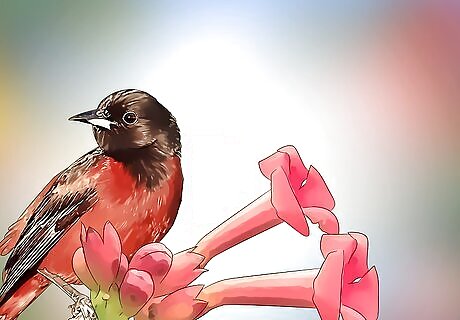
Grow nectar-rich plants vertically to maximize vegetation space. Attach a trellis to the side of your home and grow vertically-growing plants such as honeysuckle and trumpet vines. You can set up multiple trellises lines up next to each other, with a wide variety of plants growing close to each other. Be sure to group similar plants together, as this will help them to thrive and will provide more nectar for passing birds.
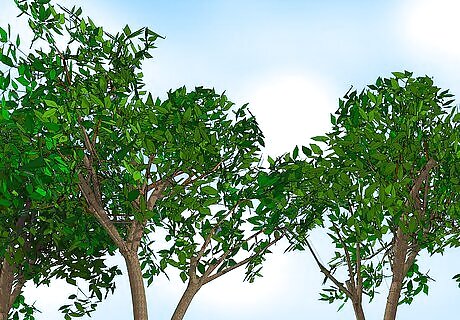
Plant tall trees or arrange branches to create a towering structure. Planting and growing trees takes a long time, so you may want to transplant a sapling. Alternatively, you can use dead wood and branches to create a tall, tree-like structure for orioles to hang their nests off of. The important thing here is that there is a tall, wood structure with branches. The oriole builds its nest hanging off of trees very high up.
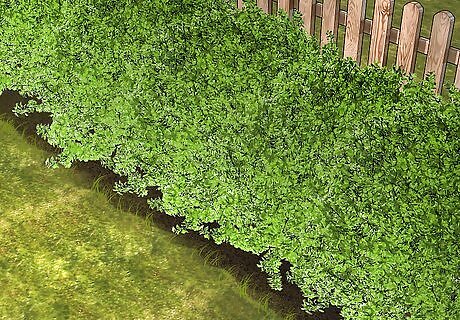
Provide a variety of berry bushes native to the area. Berry bushes are a favorite among all bird species, but blackberries tend to be particularly good for attracting orioles. It’s important to use native species from the surrounding area as much as you can, as orioles will favor these over berries and fruits that they do not recognize. If blackberries aren’t native to your area, look up what berries naturally grow in the wild areas of your state and try to cultivate those instead.
Providing Optimal Oriole Nesting
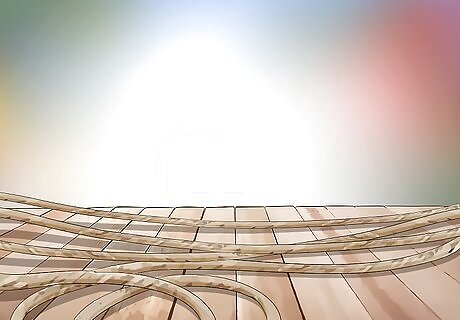
Provide string or twine for orioles to hang their nest from a tree. Orioles hang their nests from the top of tall trees, and provisioning string and twine can entice them to settle in your yard. Orioles hang their nests to prevent predators and insects from infiltrating their home, so having materials for them to use will create an attractive place to settle down.

Plant dandelion, milkweed, and other fuzzy plants for nest lining. An oriole nest needs to be comfortable for their young - providing soft and fuzzy plant materials should be a high priority if you want to have an oriole create its nest in your yard. If you are lucky enough to have cottonwood, willow, or similar trees with soft leaves and branches in your yard, you may not need to make extra effort to provide soft materials.
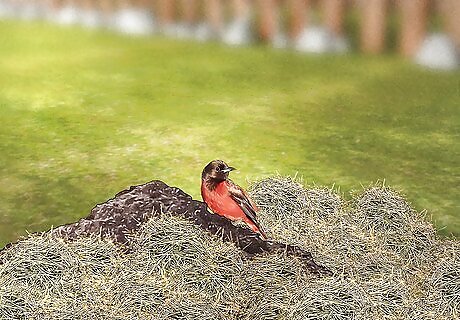
Offer natural fibers, dry grass, and moss for insulation. During the cold fall and rainy spring the orioles need a way to stay warm and comfortable in their nest. Natural fibers, such as wool, and moss are the best options for providing insulation, but dry grass growing in your yard can be used by the songbird as well. If you are unable to find a source of wool or do not want to use animal fibers, you can use coconut husks strewn around the garden as well. The hair-like exterior and soft inside is a perfectly acceptable alternative for animal fibers in building a nest.














Comments
0 comment